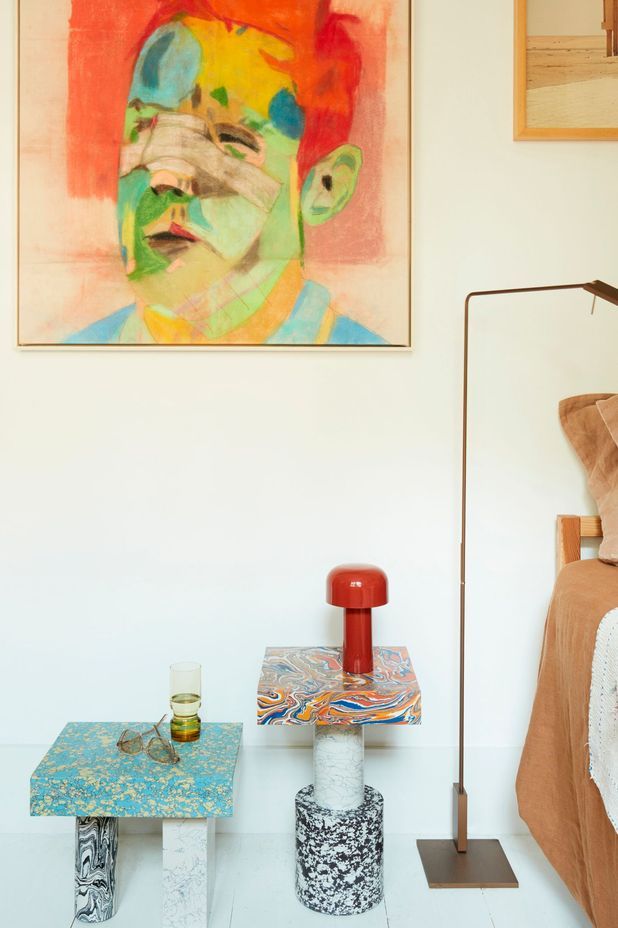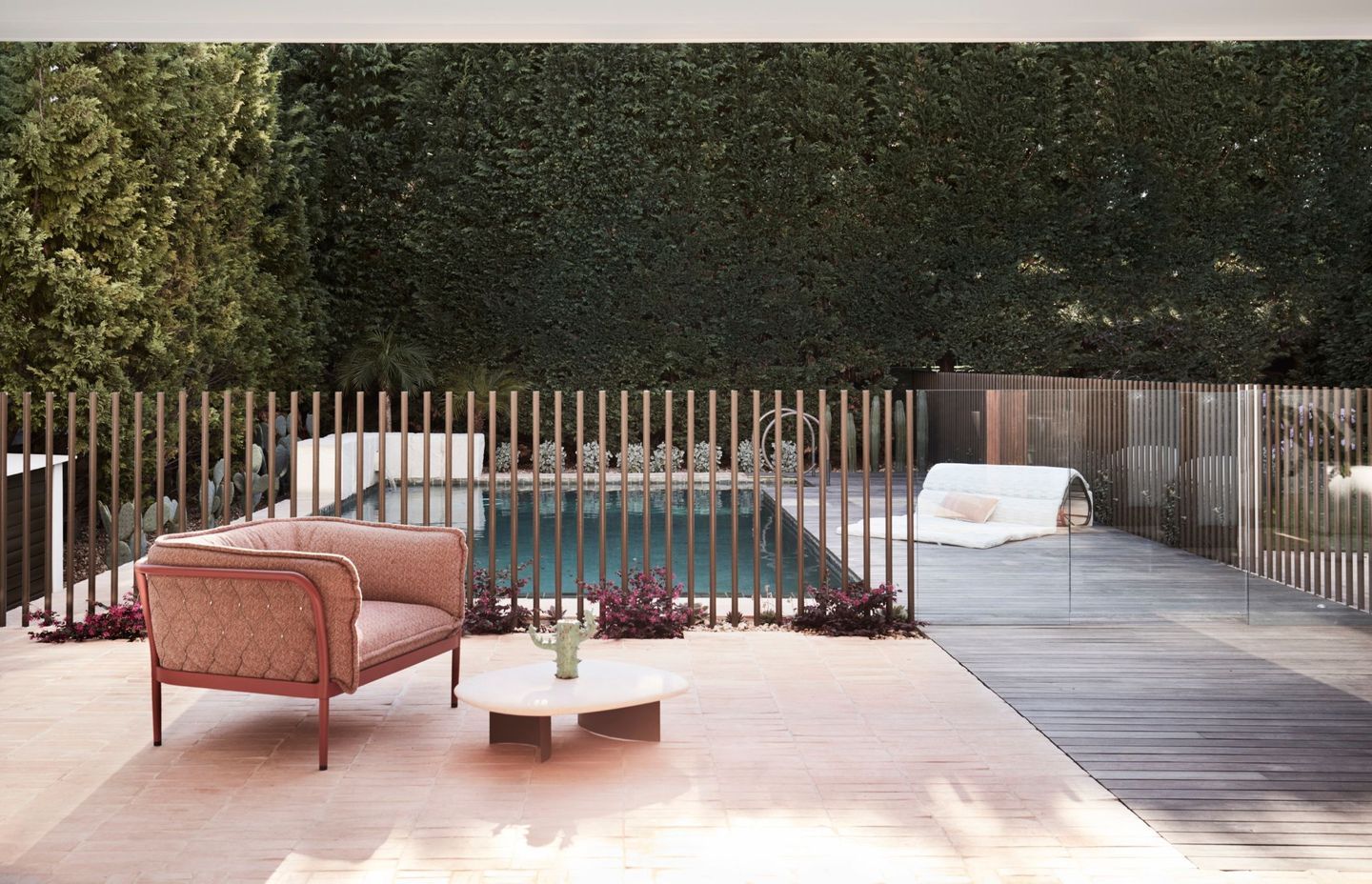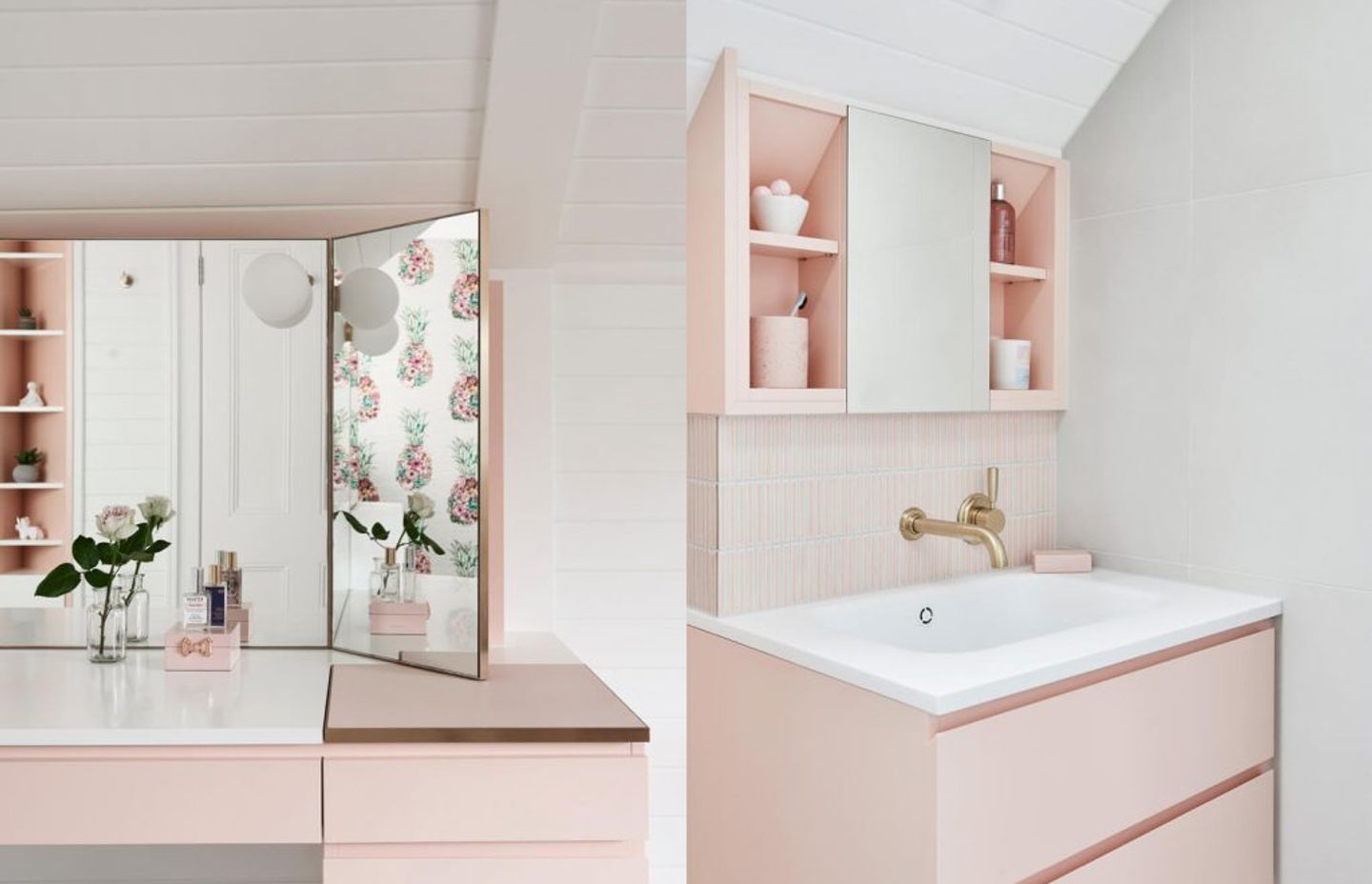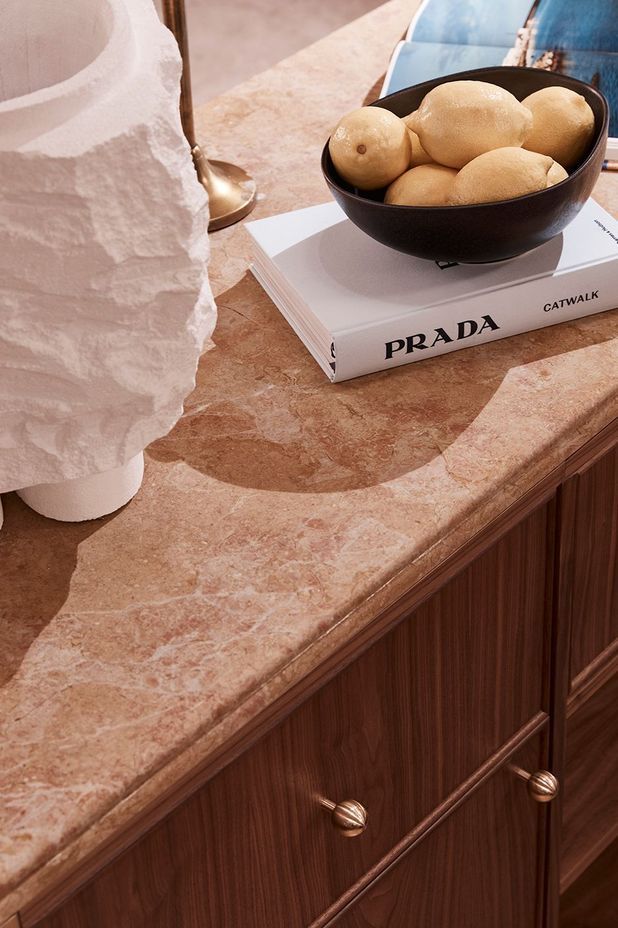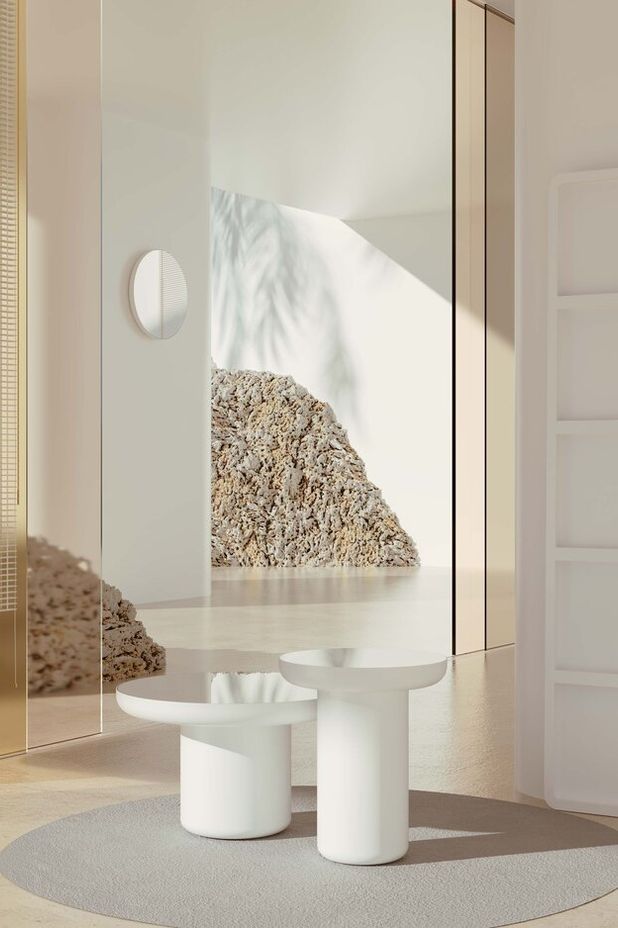Understanding how fashion and culture influence home design
Written by
10 September 2022
•
6 min read

While fashion is a concept that encompasses the human body, interior design and architecture address the environment in which that body resides. It’s this relationship that was analysed by the Karadeniz Technical University in Turkey, which found that social, economic, political and religious interactions give form to both of these disciplines, and both are bound within the context of material, structure and pattern. However, the relationship between fashion and home design is more complicated than that.
Identifying similarities between fashion, interior design and architecture
Some may argue fashion is influenced more by culture and society, while interior design and architecture by science and technology, but home design is just as responsive to cultural and societal environments as its fashion counterpart, and the austerity of post-war homes and organic shapes of mid-century modern furniture design support that theory.
“Everything influences everything,” says Dr Jenny Underwood, associate dean of Fashion and Textiles Technology at RMIT. “Culture, and shifts in culture, permeate into colour and pattern and then into design. It’s this relationship that thrives in fashion, interior design and architecture, and might impact other design principles, too.”
“Fashion can relate to lifestyle and clothing, or a moment in history, and fashion at any time can start to influence and inform choices, and that does filter down into other areas. Fashion is renowned for making observations and trying to pick up what is happening in society, such as culture, debates or politics, and starting to interpret that into a visual language, and that language moves into clothing,” says Jenny.
Dr Leanne Zilka, architecture lecturer at RMIT's School of Architecture and Design, says architecture shares that with fashion. "For example, the contemporary kitchen is now a part of an open plan in the home and it’s a space shared by men, women and children – a reflection of how our opinions and values have changed," Leanne says. "There’s a democratisation of interiors that follows fashion."
How does fashion influence the home space?
According to Jenny, interior design and fashion share similarities on a superficial level. “A genuine overlap between the two is rare. The biggest difference between the two is scale: one is a three-dimensional structure with materials and regulations; fashion is a garment. The materials we use may be the same but the way we use them is very different.”
Leanne says fashion designers have more in common with architecture at a very high level, where the design becomes a manifestation of culture, climate and location, all of which influences the complex design thinking of each designer. “Each industry is individually influenced by the society and culture around it," she says. "Fashion does influence culture, which influences trends and, in turn, architecture and interior design.”
Economic, social and historical elements inform the colour, shape, mood, materials and modesty – or lack thereof – of the fashion trends gracing the catwalks, and these trends often define what is next in interior design. An example of this is our recent fascination with ‘cottagecore’ which started as a whimsical fashion aesthetic popularised online that has since been translated into floral upholstery and woodland wallpapers, rustic furnishings and country-inspired kitchens. Dopamine dressing – the practice of dressing in colours and clothes that spark joy – is another trend that has experienced the same adaption into interiors as dopamine decorating.
To further prove the point, there are a slew of fashion designers who have moved into the home space. Dolce & Gabbana have a longstanding collaboration with Smeg, Off-White dropped a homewares range with help from Ikea, and Designer Rugs regularly collaborate with fashion heavyweights such as Romance Was Born and Akira Isogawa. But it isn’t just collaborations. Gucci’s homewares range is beloved for its eccentric aesthetic, Missoni is well known for its ‘70s-inspired textiles, and Hermès has been making blankets since 1988. Kenzo Maison, Christian Dior, Louis Vuitton and Versace have all tried their hand at furniture or homewares.
The role of social media and society
Interior design, architecture and fashion are industries obsessed with mastering the composition of texture, shape, colour and purpose all while pushing the boundaries of functionality. Naturally, style and personal space are two realms that always have and always will experience a steady merging, but that link has been amplified in contemporary times by social media, commerce and recent unprecedented events.
During the height of the pandemic, lockdowns forced us to become acutely aware of our home environments as we had no choice but to work, educate, live and relax in them. As a result, clothing sales slipped while home spending skyrocketed. Social media initially made people think about what they were wearing and eating, now it has pivoted to encourage people to analyse their home space – to curate their environments just as they would a wardrobe.
“There’s a lot of crossover between the two industries in terms of the way social media impacts design,” says Leanne. “A design or trend is sold on an aspirational image, rather than the knowledge or technique applied to creating it. Social media pushes the idea that if you have a Gucci throw then you have a Gucci house, they’re not looking to design your space, they’re looking to sell. Fashion designers design interiors and vice versa, there’s a blurring of disciplinary lines and social media amplifies it.”
The media has credited millennials as the driving force behind this greater focus on the home. The oldest of this digital generation are now approaching 40 and have had to put off buying homes and having children due to economic and societal issues largely outside their control. As a result, ‘growing up’ has become aspirational, and those who once dedicated themselves to the latest trends and hippest restaurants now pursue bespoke interiors, designer furniture and elevated living with the same fervour. Designer furniture is becoming just as much a status symbol as the latest ‘it’ bag.
“It's the same story of selling an image of prestige or trying to communicate status through branding. That obsession has filtered down into the coffee you drink and the throw blanket you buy,” says Leanne. “People will buy a new home based on the finishes and the cooktop or the tapware, rather than looking at the level of light, ventilation, outlook, maintenance and what it’s all made out of. They’re purchasing it for its aspirational image.”
Find inspiration for your next renovation or build by browsing projects on Archipro.
